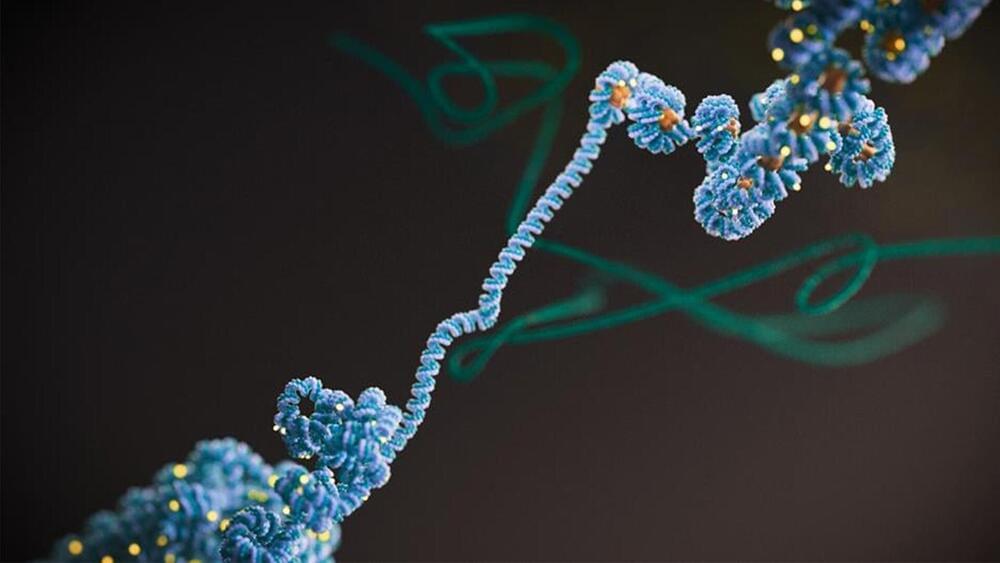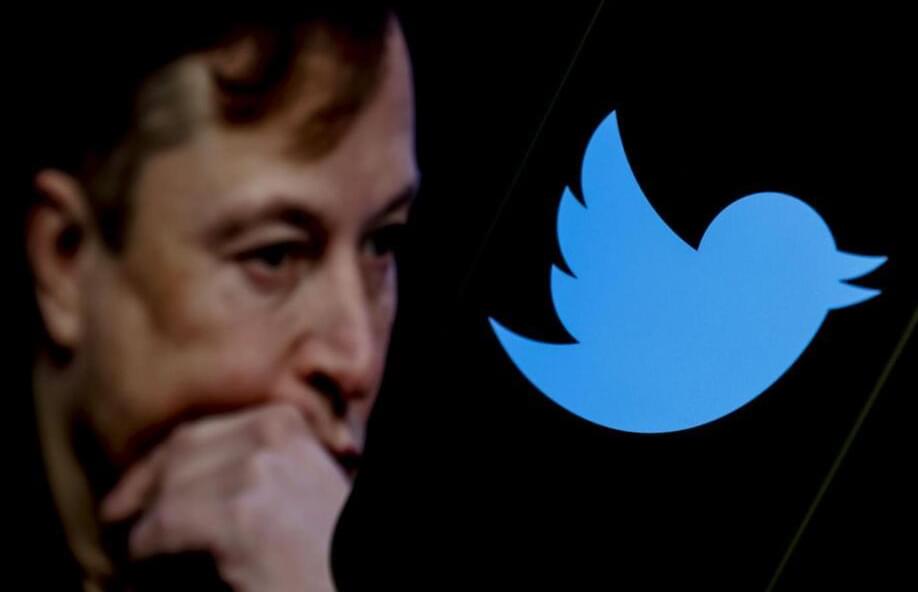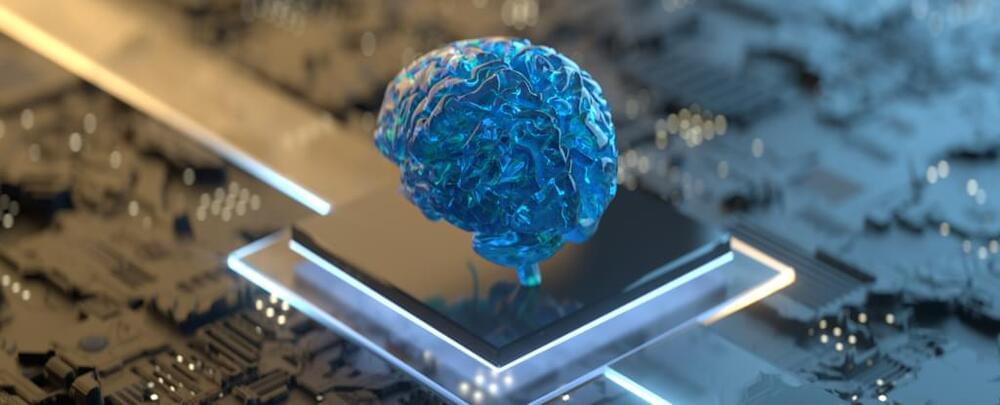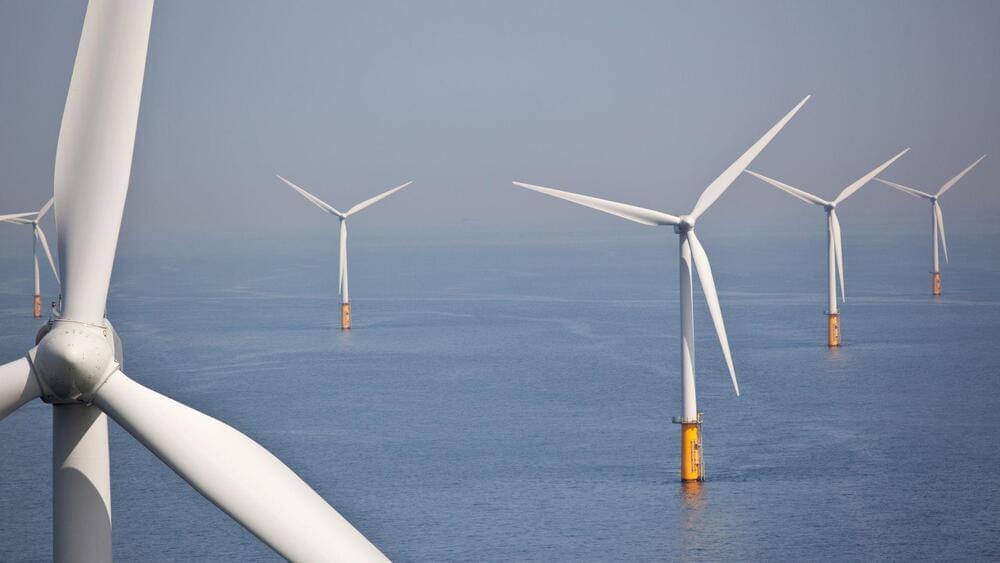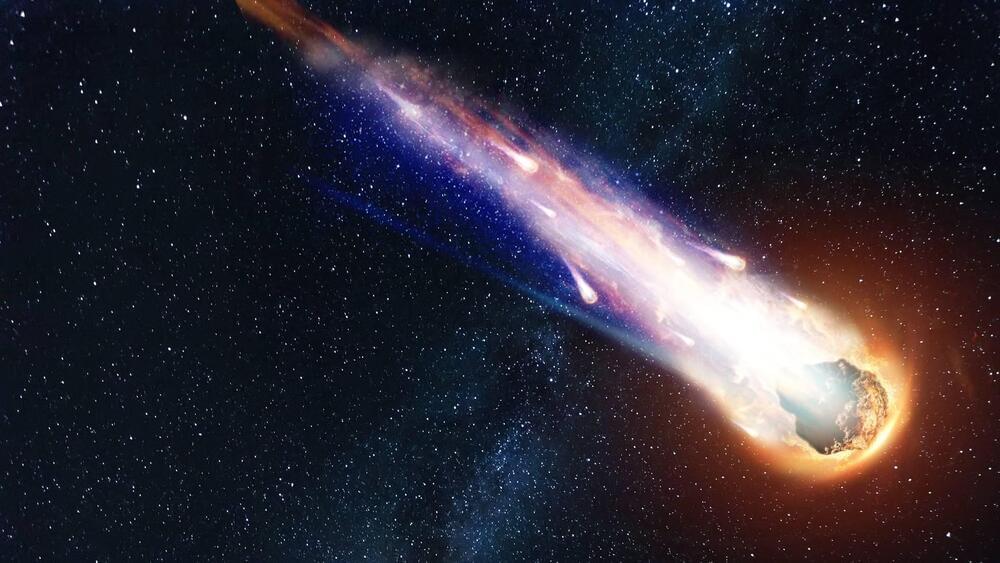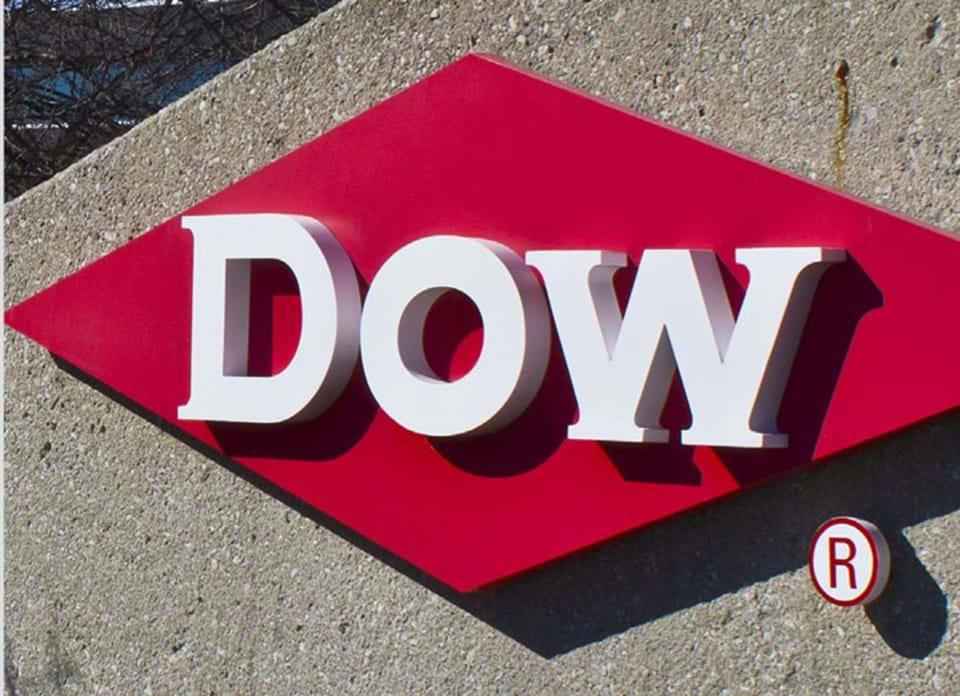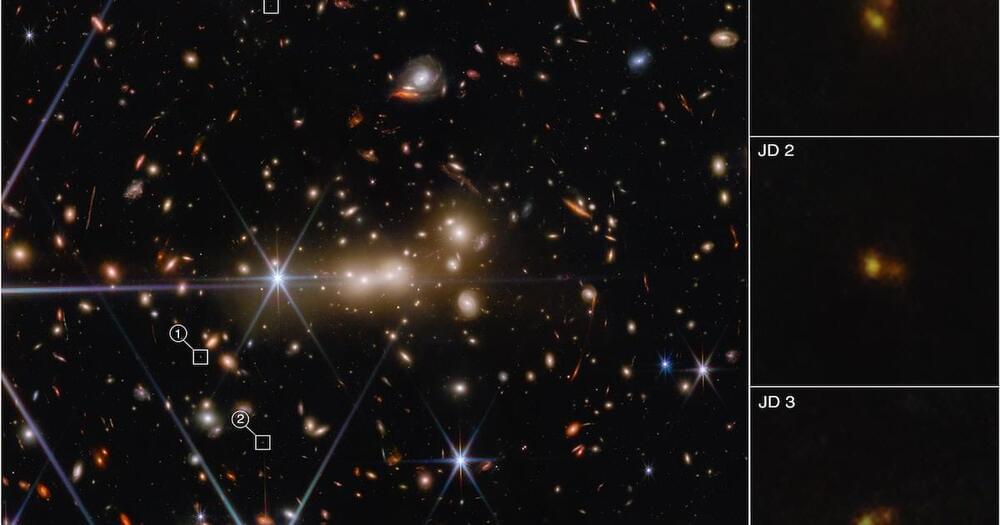
It’s illegal to use the carcinogenic color additive Red 3 in cosmetics, such as lipsticks or blush, or externally applied drugs. Yet the discredited chemical is lurking in common varieties of candy corn, Nerds, Peeps, Pez, SweeTarts, and hundreds of candies, cakes, and other foods, including dozens of seasonal Halloween items. That’s why the Center for Science in the Public Interest and 23 other organizations and prominent scientists are today urging the Food and Drug Administration to formally remove Red 3 from the list of approved color additives in foods, dietary supplements, and oral medicines.
Since the early 1980s FDA had evidence that Red 3 caused cancer in laboratory animals. The National Toxicology Program considered the evidence “convincing.” As a result, in 1990, the agency eliminated certain “provisionally listed” uses of the chemical—meaning cosmetics and externally applied drugs. In 1990, FDA also said it would “take steps” to ban its use in foods, ingested drugs, and supplements. But those steps were never taken.
“Halloween has never been the healthiest holiday, but few parents would believe that the FDA permits the use of a dye it acknowledges as a carcinogen to be used as a common ingredient in candy,” said CSPI consultant Lisa Y. Lefferts. “Fewer still would believe that the FDA prohibits this carcinogen in makeup but allows it in food.”
